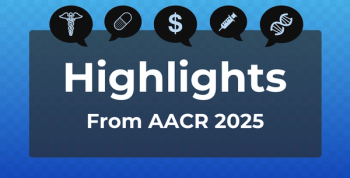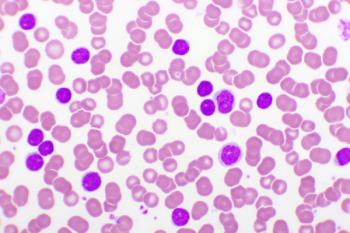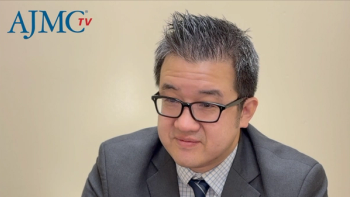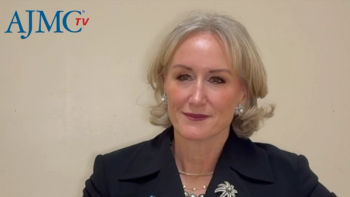
Dr Patricia Danzon: Cost-Effectiveness Thresholds Create Incentive to Develop Better Drugs
Cost-effectiveness thresholds can do more than just guide determinations on whether drugs have value, explained Patricia Danzon, PhD, professor at the Wharton School at the University of Pennsylvania. Using these thresholds as a requirement for reimbursement provides an incentive for research and development focused on producing new drugs that will be considered effective enough to pay for.
Cost-effectiveness thresholds can do more than just guide determinations on whether drugs have value, explained Patricia Danzon, PhD, professor at the Wharton School at the University of Pennsylvania. Using these thresholds as a requirement for reimbursement provides an incentive for research and development (R&D) focused on producing new drugs that will be considered effective enough to pay for.
Transcript (slightly modified)
How can attempts to be mindful of cost and budget be balanced with fostering innovation in the US?
When we set a threshold for what is considered a reasonable about to pay per QALY, and let’s say we pick $150,000 per quality-adjusted life year, that amount is picked taking into account what we as a society are willing to pay for health gain, given what we have to give up, the opportunity cost in terms of non-health activities, so whether it’s education or Social Security or other things.
Then, given that threshold, any product that can meet that threshold, we should be willing to pay for. So there is an incentive to R&D to produce drugs that produce effectiveness and cost savings such that they meet that threshold. If we base our prices on that cost-effectiveness threshold, we create an incentive to steer R&D towards the sort of products that will produce drugs that are cost-effective.
That’s the way in which, if we really do use cost-effectiveness as a way of rewarding drugs that do meet that threshold, we are creating an incentive to produce drugs that will meet the threshold and therefore will get reimbursed, whereas if products are priced either above the threshold or don’t have much in the way of efficacy and safety, then they would not be worth it, they would not be considered cost-effective, and that would not be a good investment. Hopefully, by our reimbursement strategy, we’re sending the signals to R&D on what is worth investing in.
Newsletter
Stay ahead of policy, cost, and value—subscribe to AJMC for expert insights at the intersection of clinical care and health economics.









































